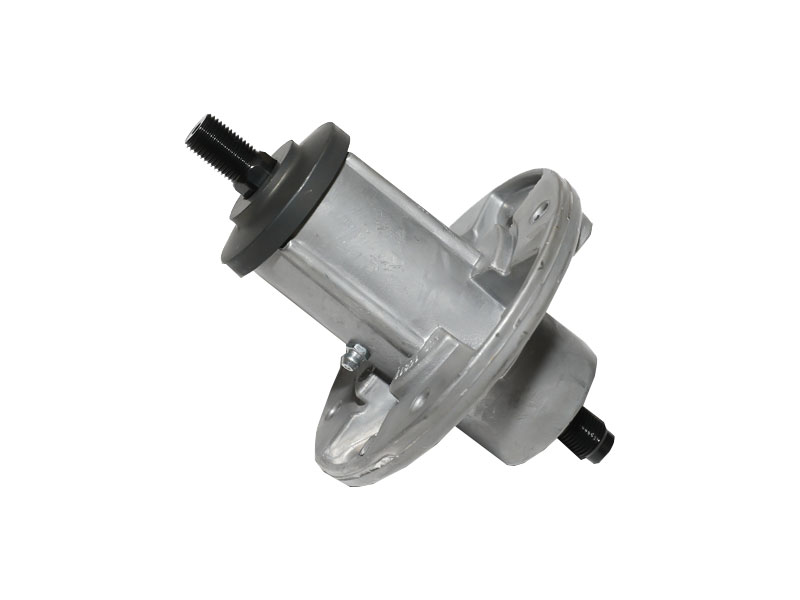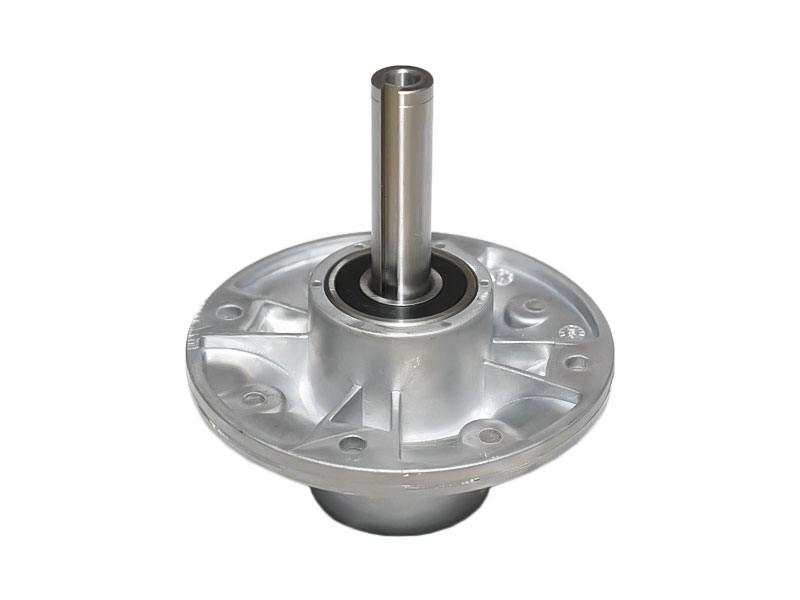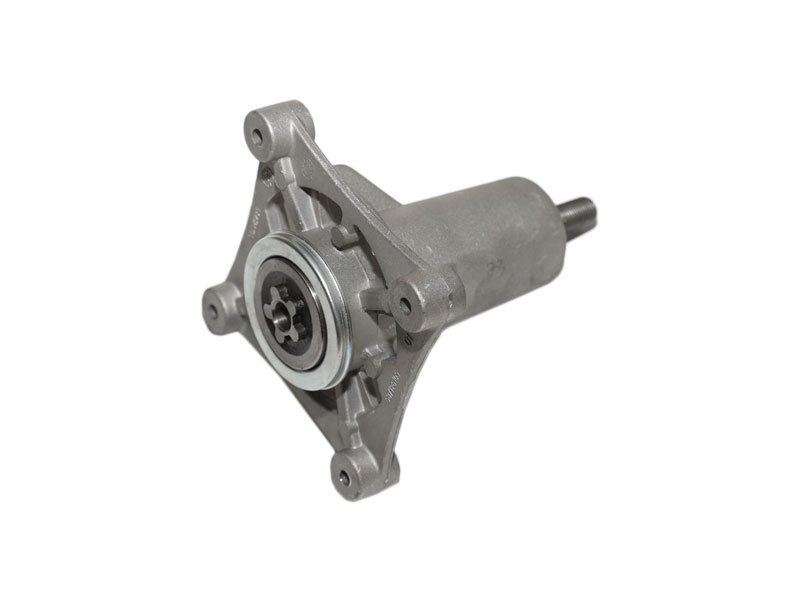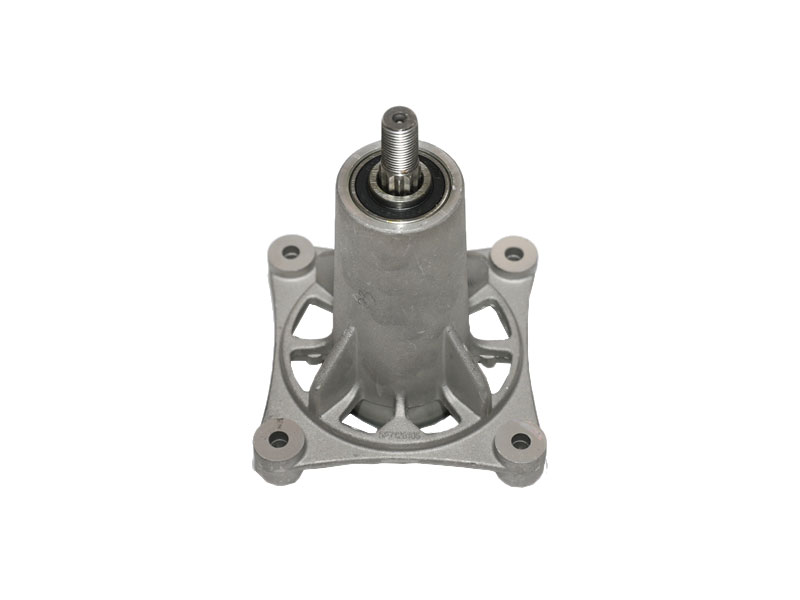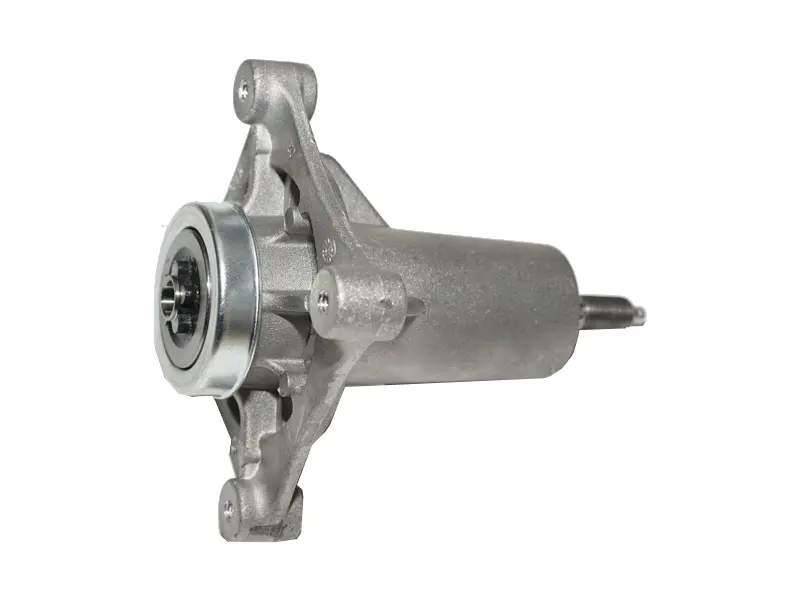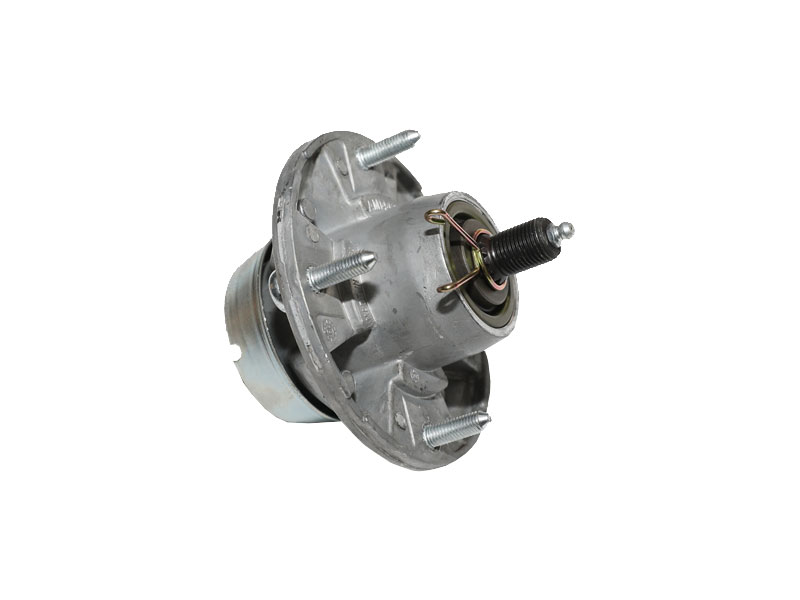Bearings are important parts of mechanical rotation, and the stiffness and temperature of the bearing will directly affect the efficiency of the bearing for mechanical operation. In order to provide the rotation accuracy of the bearing, increase the rigidity of the bearing device, and reduce the vibration of the shaft when the machine is working, it is often used Preloaded rolling bearings.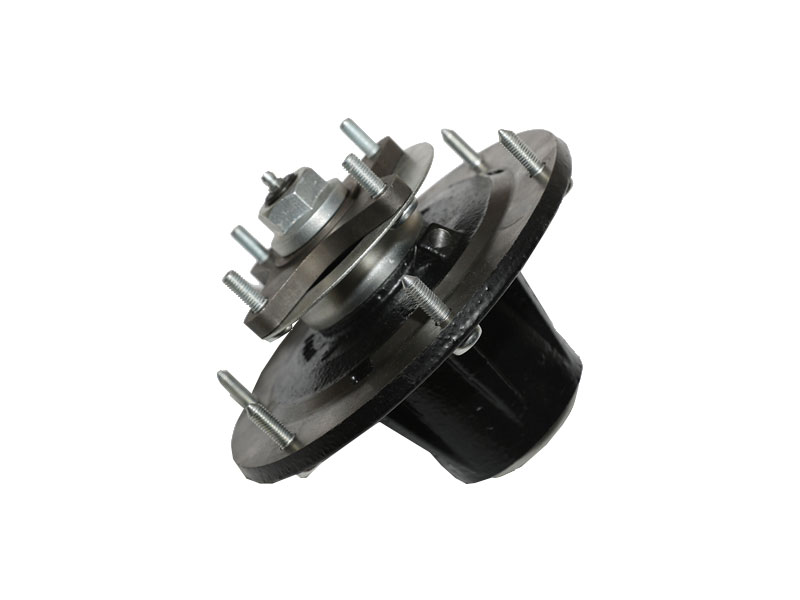
The stiffness of machine tool spindle bearing is an important Deep Groove Ball Bearings performance index. The stiffness is not only related to the load and speed, but also related to frictional heat and preloading methods. Stiffness calculation is also the basis for the analysis of the dynamic characteristics of the spindle unit.
Under constant pressure preload, the radial stiffness of the bearing increases slightly with the increase of speed, while the axial and angular stiffness decrease rapidly. Under positioning preload, the radial, axial and angular stiffness of the bearing all increase rapidly with the increase of speed, but the increase in axial and angular stiffness is relatively gentle. The stiffness variation of ceramic ball bearings is similar to that of all-steel bearings, but the variation is relatively gentle. Under positioning preload, the centrifugal force of the inner ring and the ball, as well as the frictional heat, increase the contact load of the inner and outer rings. At the same time, the contact angle of the outer ring decreases and the contact angle of the inner ring increases, thereby increasing the contact stiffness, but the outer ring is in contact The decrease in angle slows down the increase in axial and angular stiffness.
 English
English 中文简体
中文简体 Español
Español svenska
svenska




